On Malta’s sister island of Gozo lies a place so ancient it rewrites what we think we know about human history. The Ggantija Temples are so old that they predate most known civilisations. Nobody knows exactly how people built these extraordinary megalithic structures, yet their size and precision still amaze archaeologists today. In this guide, you’ll learn everything you need for your visit in 2025, including practical travel details and ticket prices. We’ll reveal what makes this site meaningful and fascinating facts you won’t find elsewhere.
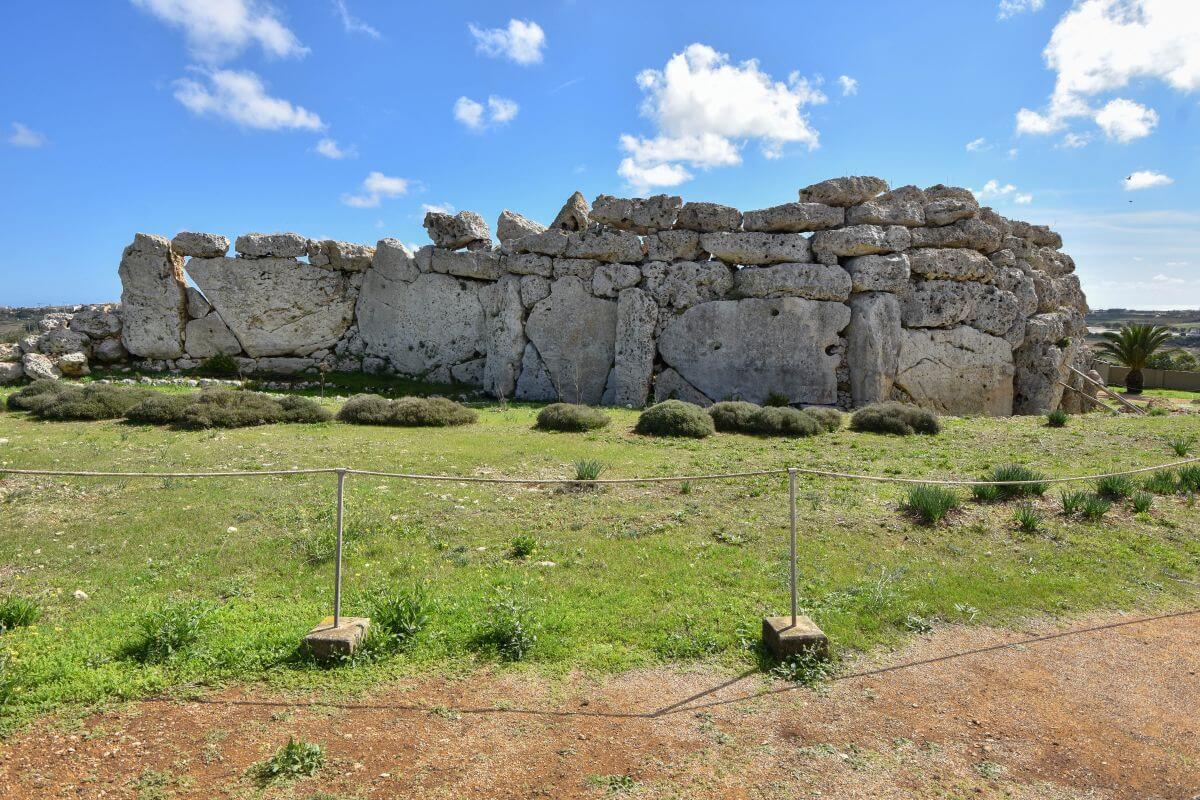
But first, how do you say it?
Before you visit, learn how to say its name like the Maltese do. According to Wikipedia, Ġgantija in Maltese means ‘place of giants’. Locals pronounce the name ‘juh-GAHN-tee-yah’. The ‘Ġ’ has a j sound, like judge, the ‘g’ is hard, and the stress is on ‘tee’.
DID YOU KNOW?
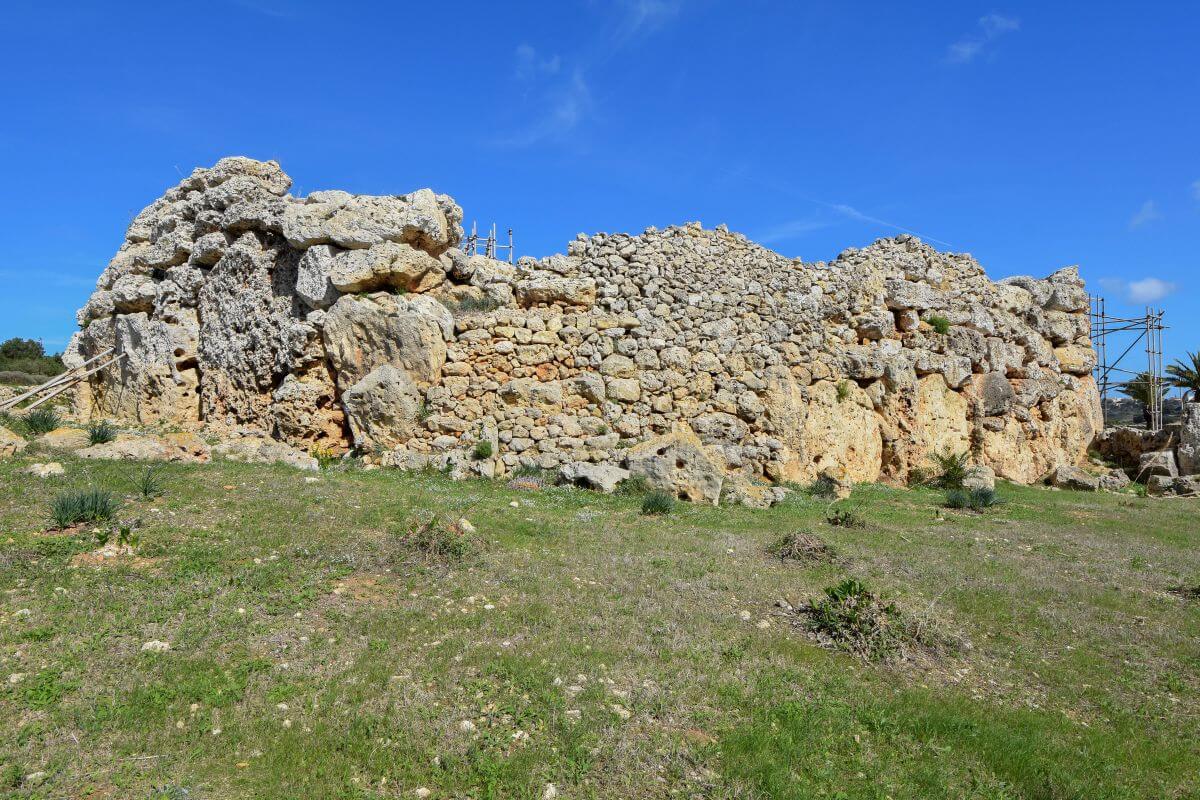
UNESCO listed the Ggantija Temples as a World Heritage Site in 1980 for their extraordinary Bronze Age architecture. The temples showcase a unique architectural tradition that was highly innovative for its time. Twelve years later, in 1992, the listing expanded to include five other megalithic temples across the islands of Malta and Gozo.
Surprising Ggantija Temples facts
1. Gozo’s Ggantija Temples predates the pyramids in Egypt

Malta hides one of humanity’s greatest architectural achievements.
According to the UNESCO website, these prehistoric monumental structures date back to the 3rd and 4th millennia BC. This means the Ggantija Temples are more than 5,500 years old, placing them among the earliest free-standing stone buildings in the world. As described by Wikipedia, this megalithic temple complex dates from the Neolithic period (c. 3600-2500 BC) – long before Egypt’s iconic pyramids rose from the desert. The Ggantija Temples also predate Stonehenge in England by approximately a thousand years. It ranks just behind Göbekli Tepe as the second-oldest manmade religious structure on Earth.
2. Gozo’s ancient stones came first

The Ggantija Temples in Gozo are the earliest of the Megalithic Temples of Malta, according to Wikipedia. Built during the Neolithic period over 5,500 years ago, they mark the very beginning of temple construction on the Maltese islands.
What’s fascinating is that the Ggantija temples on the island of Gozo predate the construction of the main temple at Ħaġar Qim on Malta’s main island. While both sites were built during the Ġgantija phase of Maltese prehistory (3600–3200 BC), construction at Gozo was initiated earlier in this period. Archaeological studies reveal that thet were built between 3600 and 3200 BC, while the main temple at Ħaġar Qim was constructed slightly later, also within the same period, making their construction overlap. This difference may seem small today, but it represents a significant progression in architectural style and cultural development.
3. Legend of Gozo’s Giants

When you stand before the Ggantija Temples on Gozo, you can easily imagine why people once believed giants built them.
Gozo’s folklore

According to information panels at the site, early 17th-century visitors believed the massive stones were placed by people of extraordinary strength. Over time, the site became known as ‘Giant’s Tower’. But in Gozo’s folklore, it wasn’t just any giant.
As recorded by Fr. Manwel Magri in ‘The Woman Who Carried Large Stones for Buildings in Malta and Gozo,’ villagers spoke of a giantess who lived on the island. According to Wikipedia, Sansuna carried enormous rocks in her arms or in a sling across her back while eating broad beans and honey. With her child hanging from her shoulder, she built temples and other incredible places across the island. Her handprints are seen at id-Dura tal-Mara (the woman’s house), Borg il-Għarib (stranger’s mound), Borg I-Imramma, and Il-Ħaġra Mwaqqfa (standing stone) too.
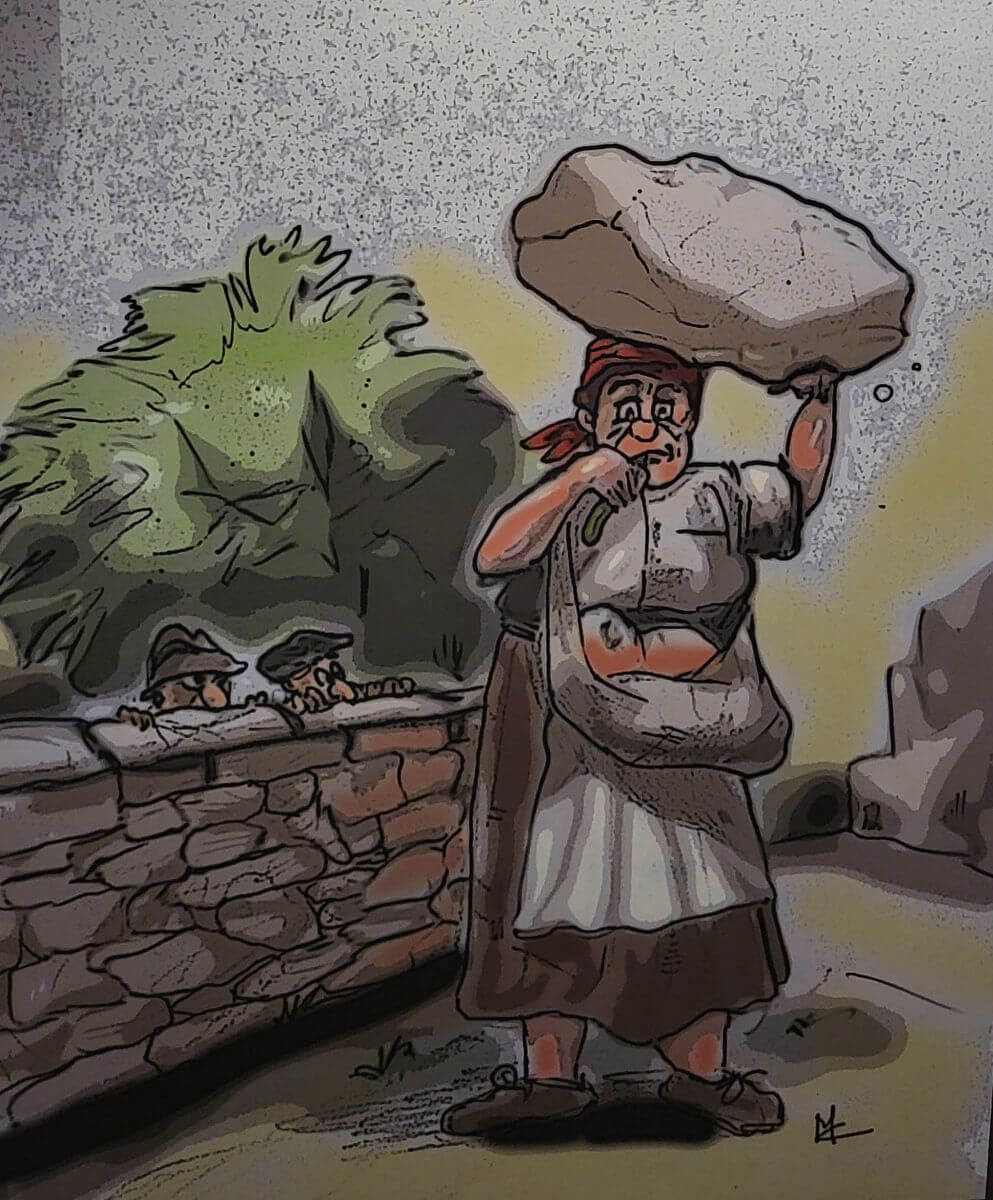
4. How did they really build these temples?

How do you build a temple without metal tools or cranes?
According to Heritage Malta, the Neolithic builders worked with locally sourced stone, using their deep understanding of the land. They chose hard-wearing Coralline limestone for the stronger exterior walls, designed to resist wind and weather. For the more sheltered interiors and delicately decorated elements, such as doorways or altars, the builders chose the softer Globigerina limestone.
What makes their achievement even more remarkable is that the Maltese Islanders built these temples before the wheel even existed, according to Wikipedia. To transport the megaliths (some stretching 5 m and weighing up to 50 tons), they likely used round stone spheres. An information panel at the site notes that many of these round stones were found across Malta and Gozo, suggesting they helped roll the blocks from the quarry to the site.
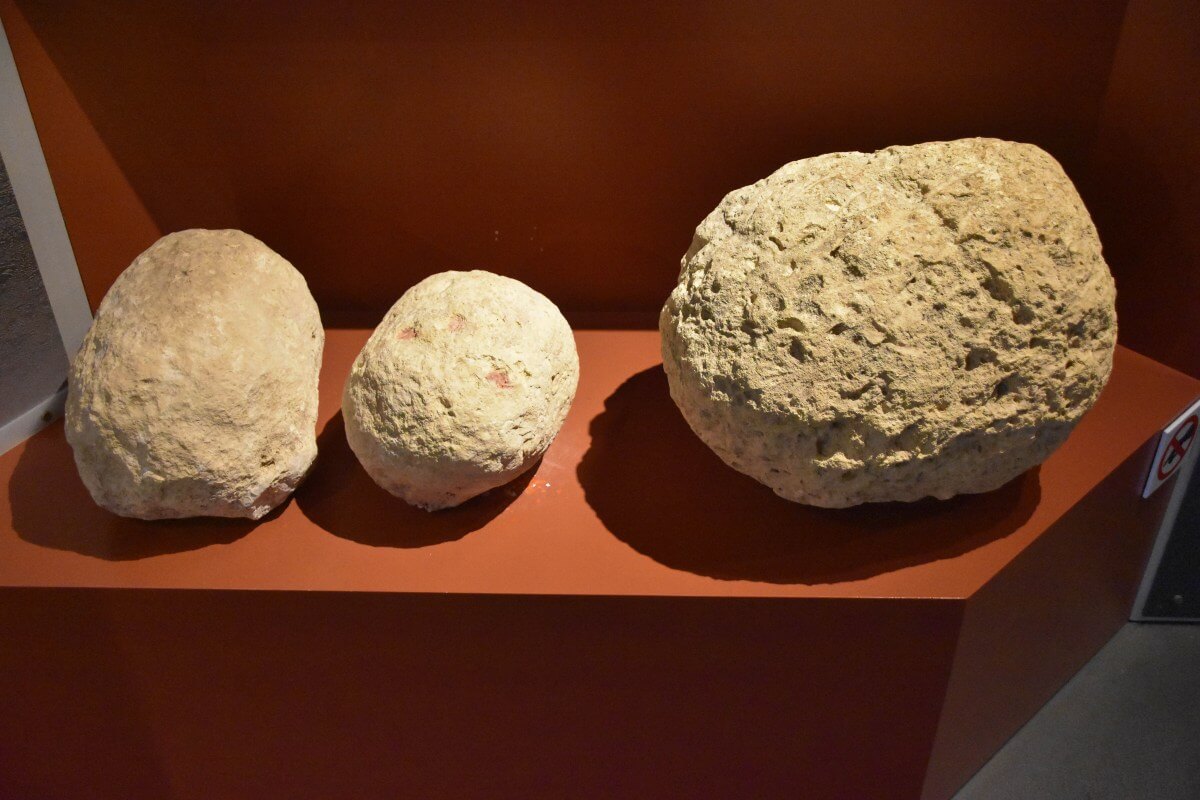
Stone balls found at the site
Their use is unknown, but archaeologists believe these acted like ball bearings, allowing the heavy blocks to roll across the landscapes.
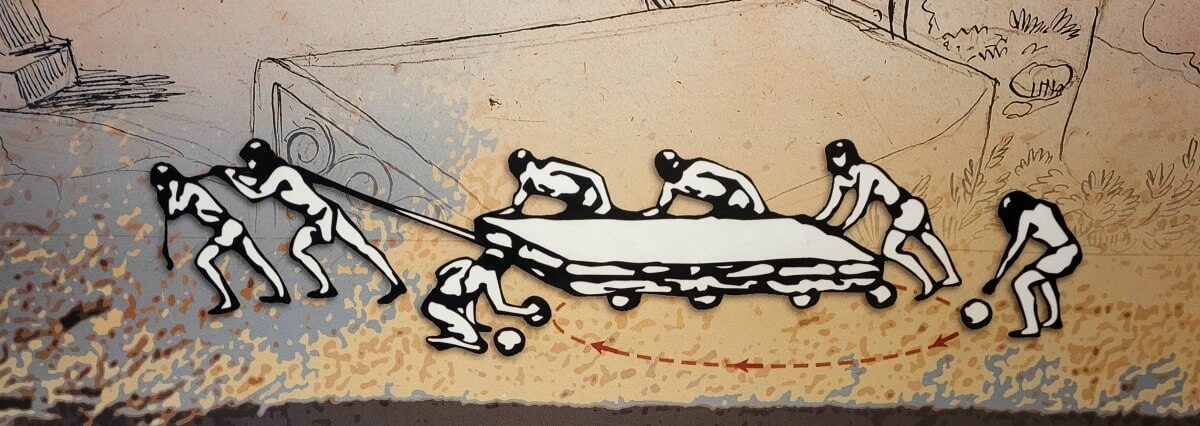
5. Design

The Ggantija Temples in Gozo consist of two impressive stone structures, side by side, surrounded by a single outer wall. Each temple has its own entrance leading to a series of semi-circular rooms, or apses, connected by a central corridor. Builders designed both temples in a clover-leaf layout.
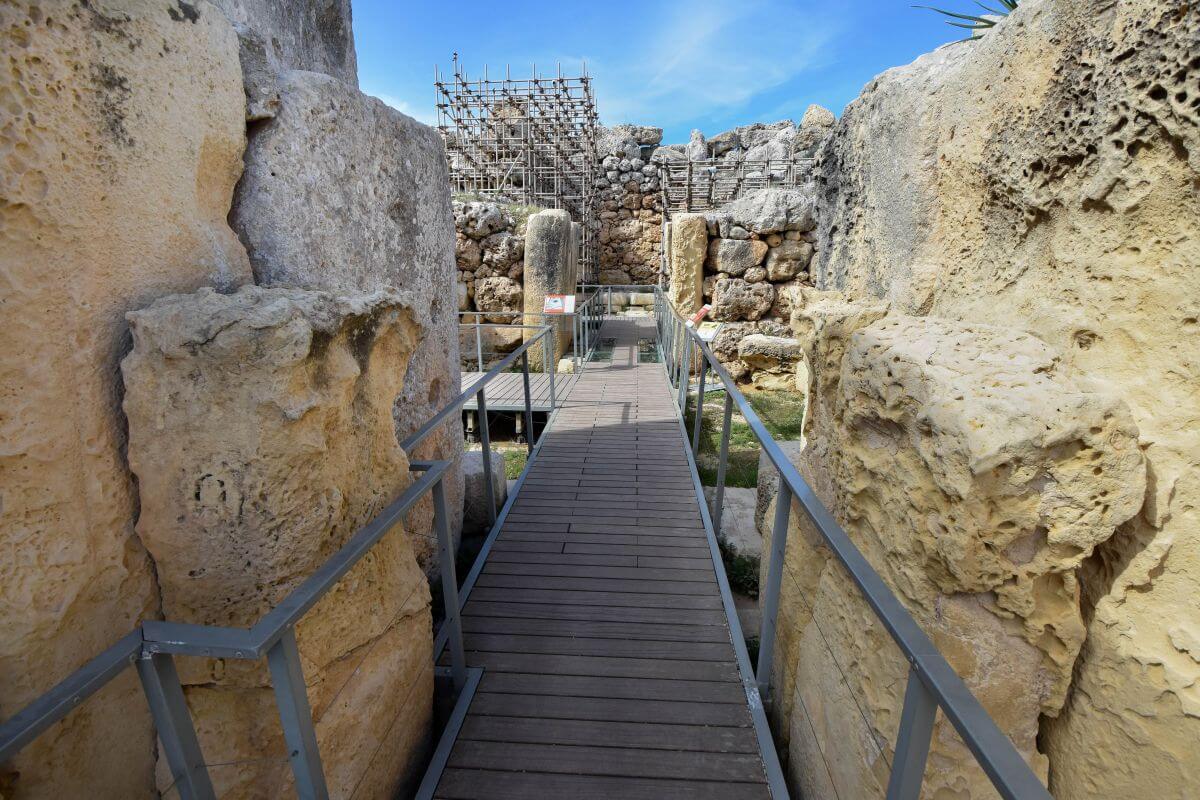
Wikipedia notes that the builders filled gaps between the inner-facing blocks, which marked the shape, with rubble to stabilize the structure. Archaeologists believe these chambers were once roofed and plastered. They discovered small fragments stained with red ochre (on display at the Interpretation Centre). This suggests that the temples were not the bare stone we can see today, but richly painted spaces.
PERFECT HARMONY:
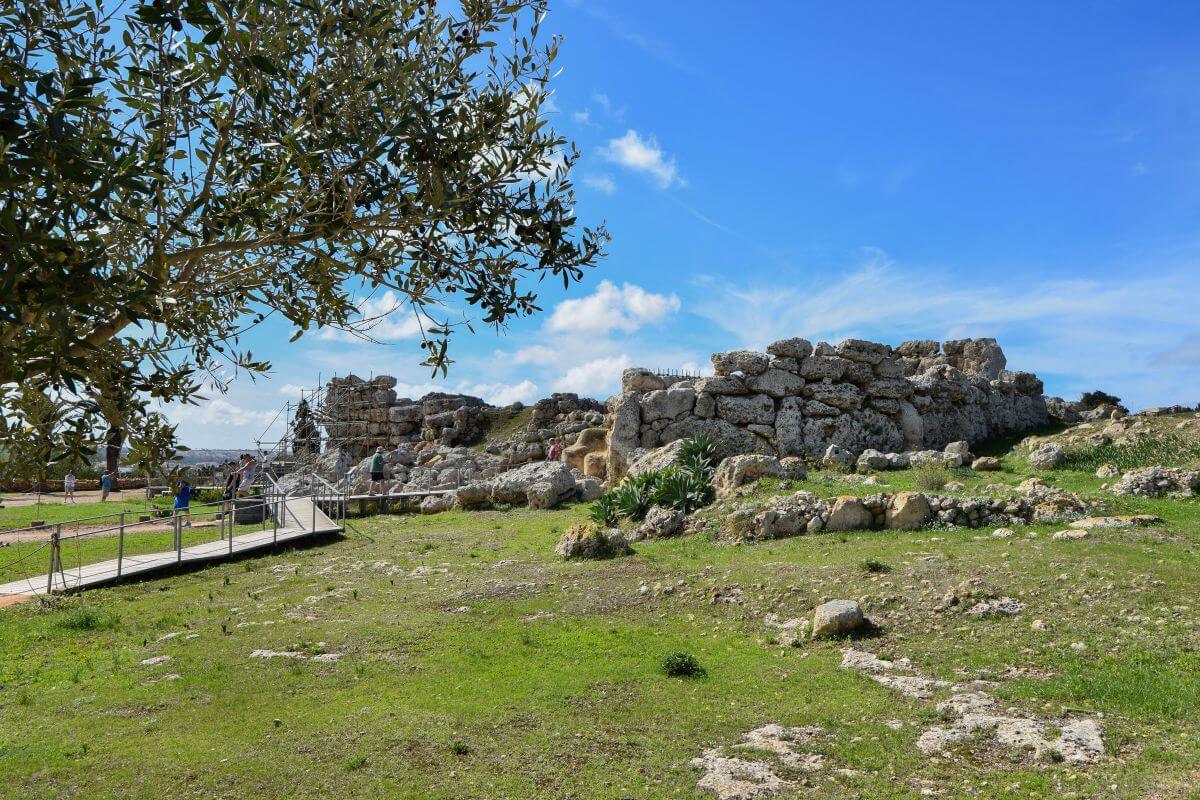
A design also shows remarkable alignment and planning. Both temples align perfectly with the equinox sunrise, linking the monument to the cycle of the seasons.
As Wikipedia explains, the South Temple is larger, older, and better preserved, dating to around 3600 BC. The North Temple was a later addition, built around 400 years after the South Temple, according to the information panels at the site. It has a separate entrance marked by two vertical megaliths that used to support a horizontal slab. An unfinished façade of the nearby third temple shows that workers stopped construction before completing it.
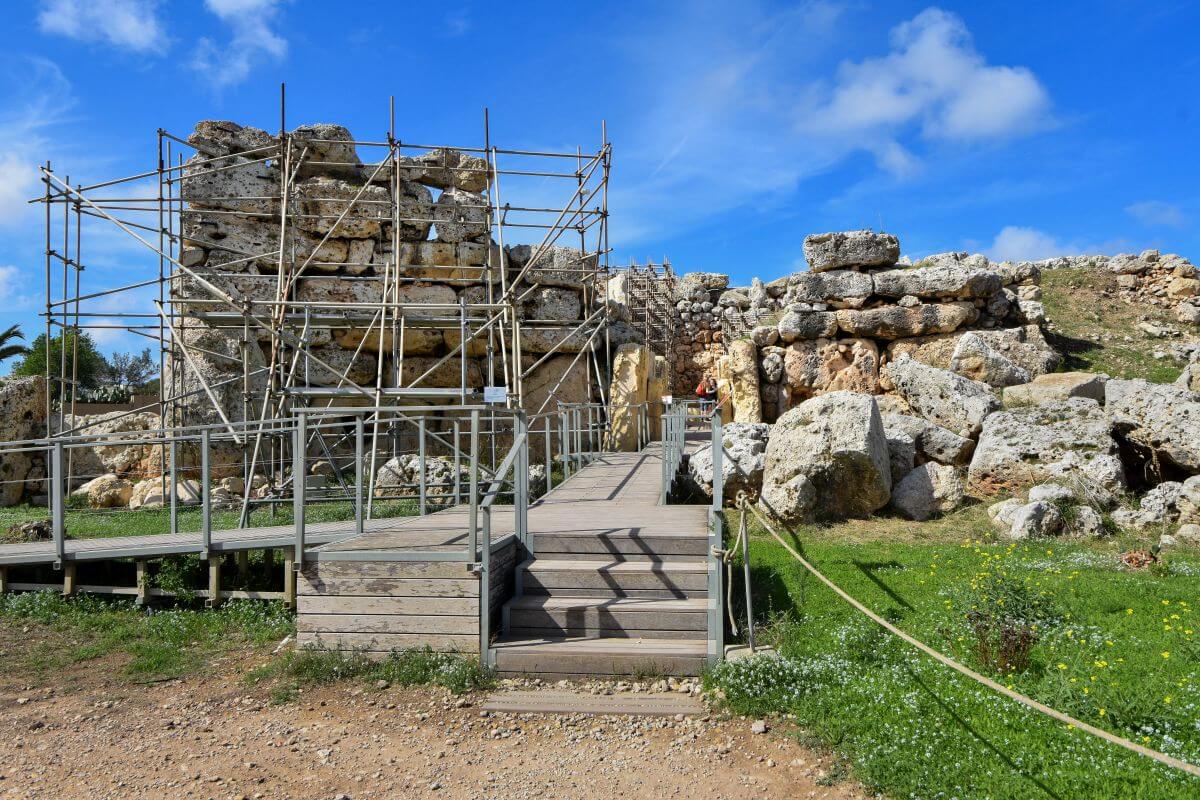
The South Temple – entrance
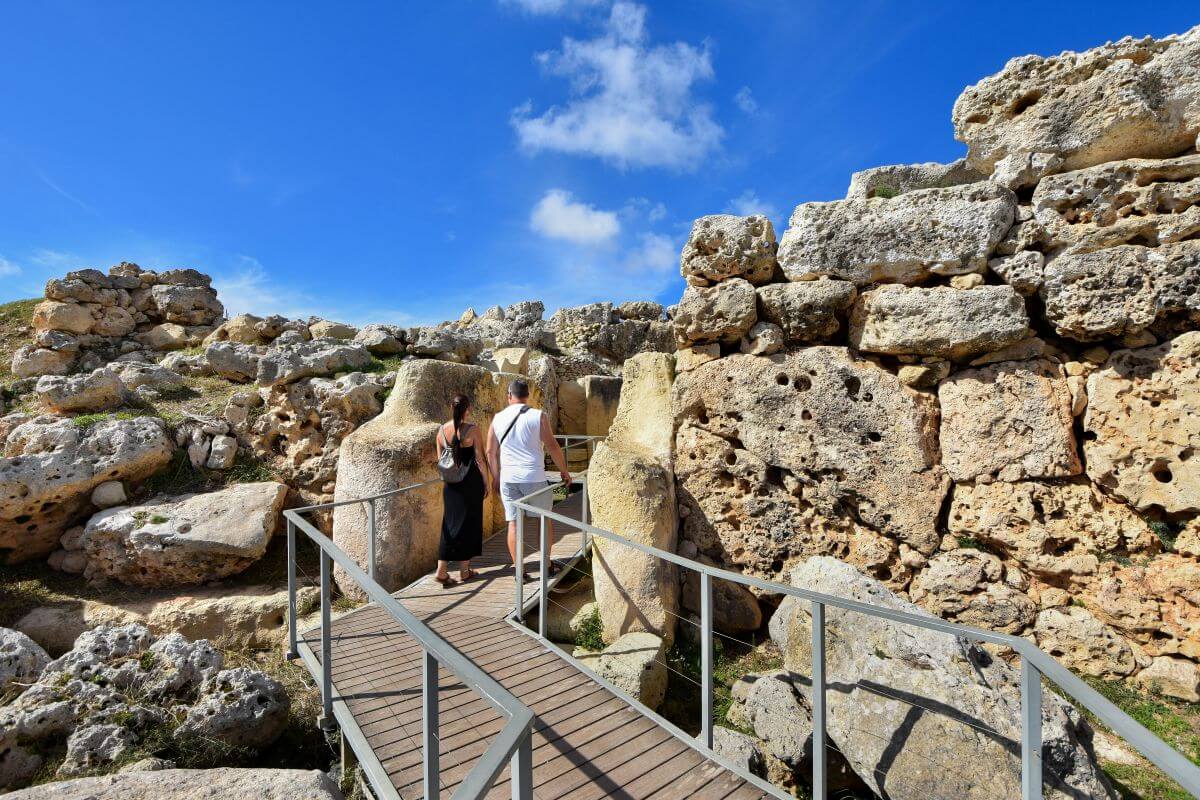
The North Temple – entrance
6. What were the Ggantija temples used for?
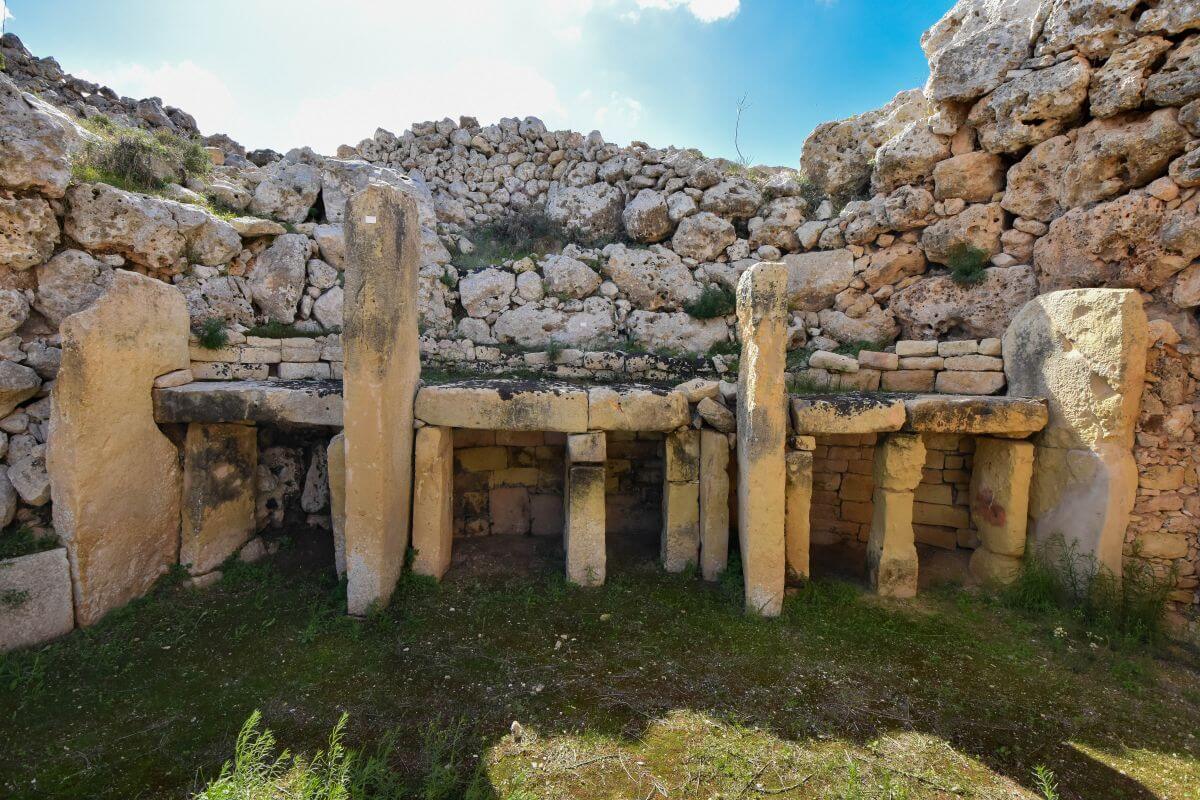
Stone furniture
According to Heritage Malta, animal bones discovered within the site suggest that people once gathered here for communal rituals and feasting. The presence of stone hearths shows that fire played a role in these ancient ceremonies. Small libation holes in the floor were likely used to pour liquid offerings during rituals held thousands of years ago. But that’s not all – at the southern temple’s main entrance, stands a massive stone block with a recess. Wikipedia reports that this led to the hypothesis that it may have been used to ritual ablutions. Worshippers would purify themselves before entering the sacred chambers.

libation holes in the floor
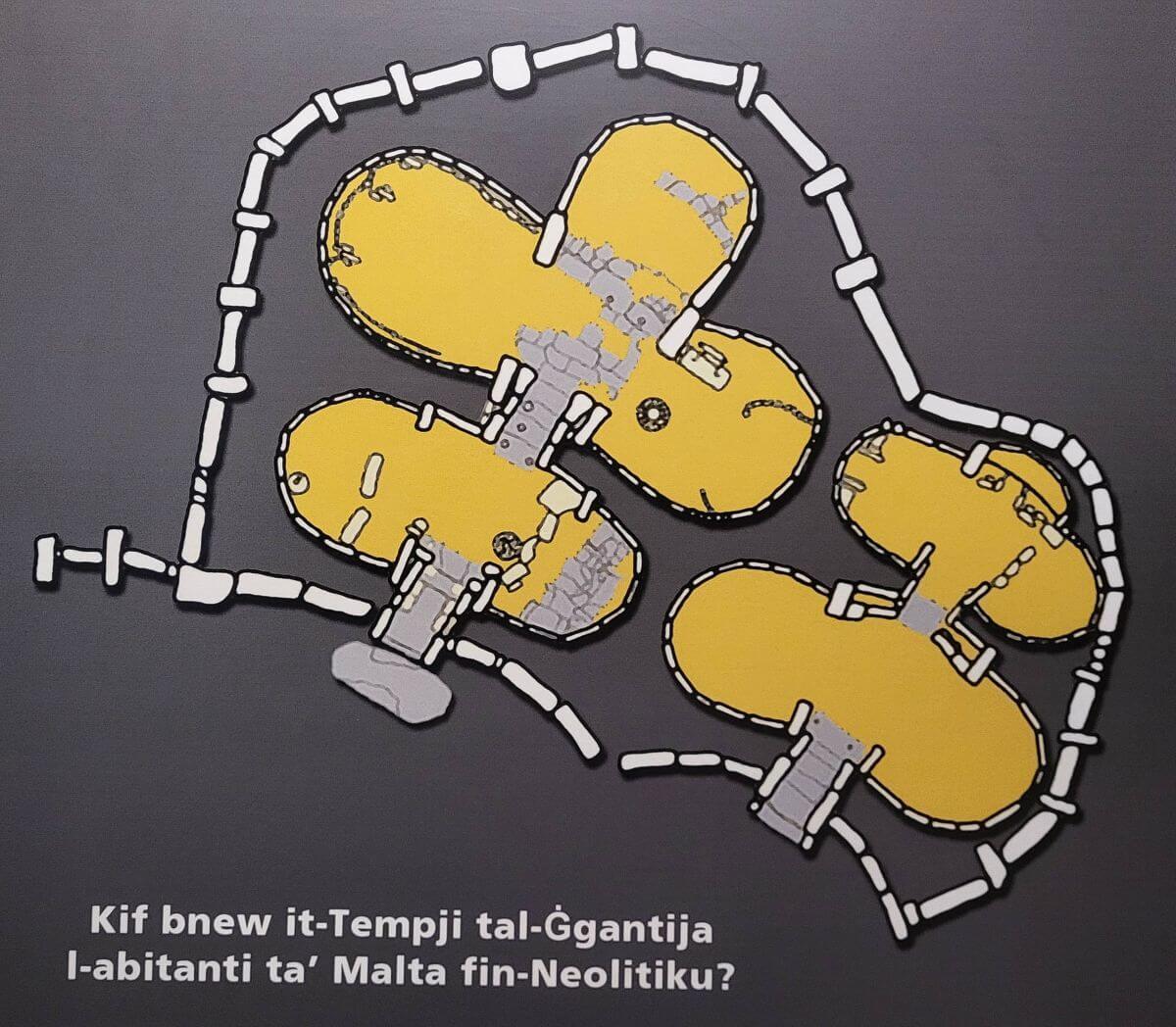
The design also hints at the temple’s deep spiritual meaning. Its five rounded chambers may represent parts of a goddess’ body (head, arms, and legs), suggesting the worship of a fertility deity.

The temple’s shapes may hold symbolic power. Scholars, including Dr. Peter J. Shield, PhD. (Ancient Origins), believe that the Ggantija Temples were centres for a fertility cult dedicated to the Earth Mother Goddess. The discovery of female figurines found on both islands depicting robust women supports this interpretation.
7. Painted memories of the Ggantija temples
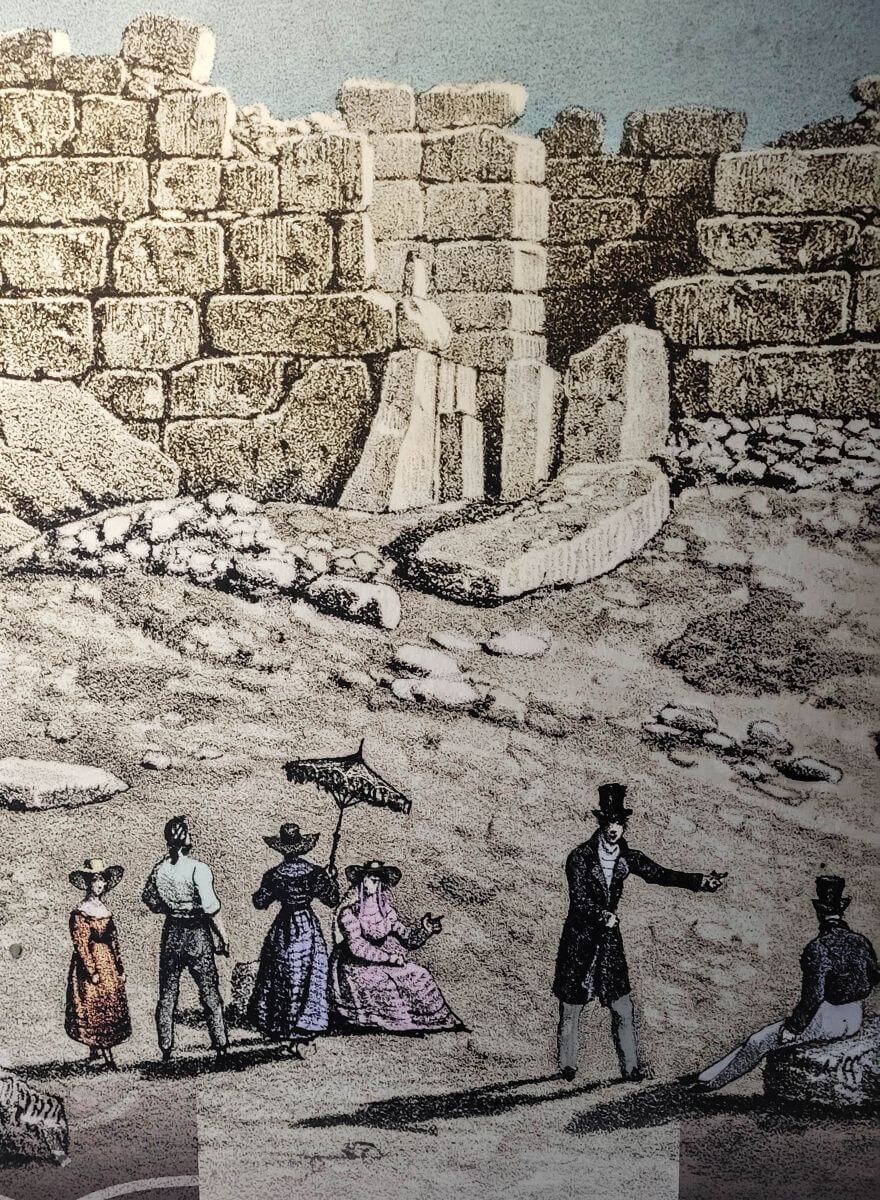
Centuries before social media, travellers came to Gozo to capture the Ggantija Temples with brush and ink. According to the site’s panels, the earliest recorded visit was in 1648, when Giovanni Idoneo guided a group of British travellers through the ruins.
During the Grand Tour era in the 17th and 18th centuries, Europe’s aristocrats, scholars, and artists travelled across Europe to study history, art, and architecture. Some added Malta to their route, eager to see the massive stones and strange forms. These early visitors often left behind written accounts and paintings of what they saw. When workers cleared the temples of soil and debris in the 1820s, interest in these ruins spread rapidly across Europe.
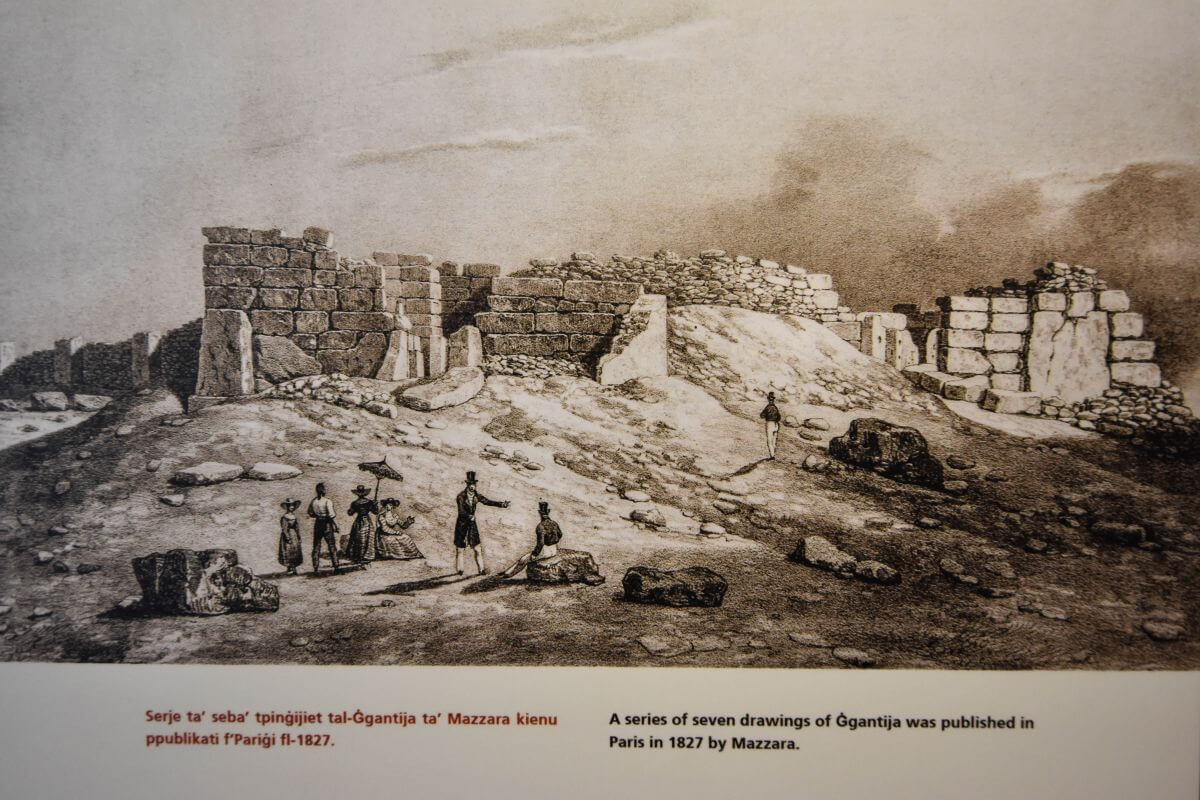
According to the site’s Interpretation Centre, the Parisian artist Mazzara published 7 detailed drawings in 1827, spreading the site’s fame across Europe.
THE ARTISTS WHO INTRODUCED ĠGANTIJA TO THE WORLD
Throughout the 1830s and 1840s, local artists continued to produce watercolours and pencil sketches of Ġgantija as souvenirs for travellers. They repeated the same angles in several versions, suggesting they copied them from one original design. Many of these works still survive in the National Collection, according to the Interpretational Centre. These early artworks and photographs not only helped reveal Malta’s prehistoric past to the rest of the world but also documented what the site looked like before restoration.

Early 20th-century view of the facade
8. Location

If you could travel back 5,500 years, you’d see why Gozo’s ancient builders chose this spot.
According to the information panels at the site, this position was no accident. Most temple sites are located in areas with access to the sea and to agricultural plains. The prehistoric builders selected the edge of the Xaghra plateau because it offers fertile plains. It also offers easy access to one of the nearby bays on the northeastern coast of Gozo. From its hilltop, communities could also see the village of Xaghra and Nuffara (an important Bronze Age site) on the opposite hill. Its location would also be linked to the Neolithic funerary complex Xaghra Stone Circle, which would have been visible in the distance.

HOW TO GET THERE:
To see it yourself, catch the Gozo Channel ferry from Malta’s Ċirkewwa terminal. In just 25 minutes, you’ll arrive at Mġarr Harbour on Gozo. From the harbour, it’s a 15-minute drive or a short ride on bus 322 to Xaghra.
Plan your visit: Opening Hours, Tickets and Accessibility 
OPENING HOURS:
According to the official website, the site is open daily from 9 AM to 5 PM from 1 November 2025 to 4 January 2026. From 5 January until 28 February 2026, it remains open the same hours but closes on Tuesdays. Between 1 March and 31 October 2026, it’s open daily from 10 AM to 6 PM. Last admission is 30 minutes before closing.
ADMISSION:
As of October 2025, tickets to the Ggantija Temples cost €10 for adults, €8 for 12-17-year-olds, €8 for seniors. Children (6-11) pay €6, and infants can visit the site for free. If you plan to explore more heritage sites and museums on the islands, purchase the Heritage Malta pass. It costs €60 for adults, €45 for students and seniors, and children pay €30.
GOOD TO KNOW:
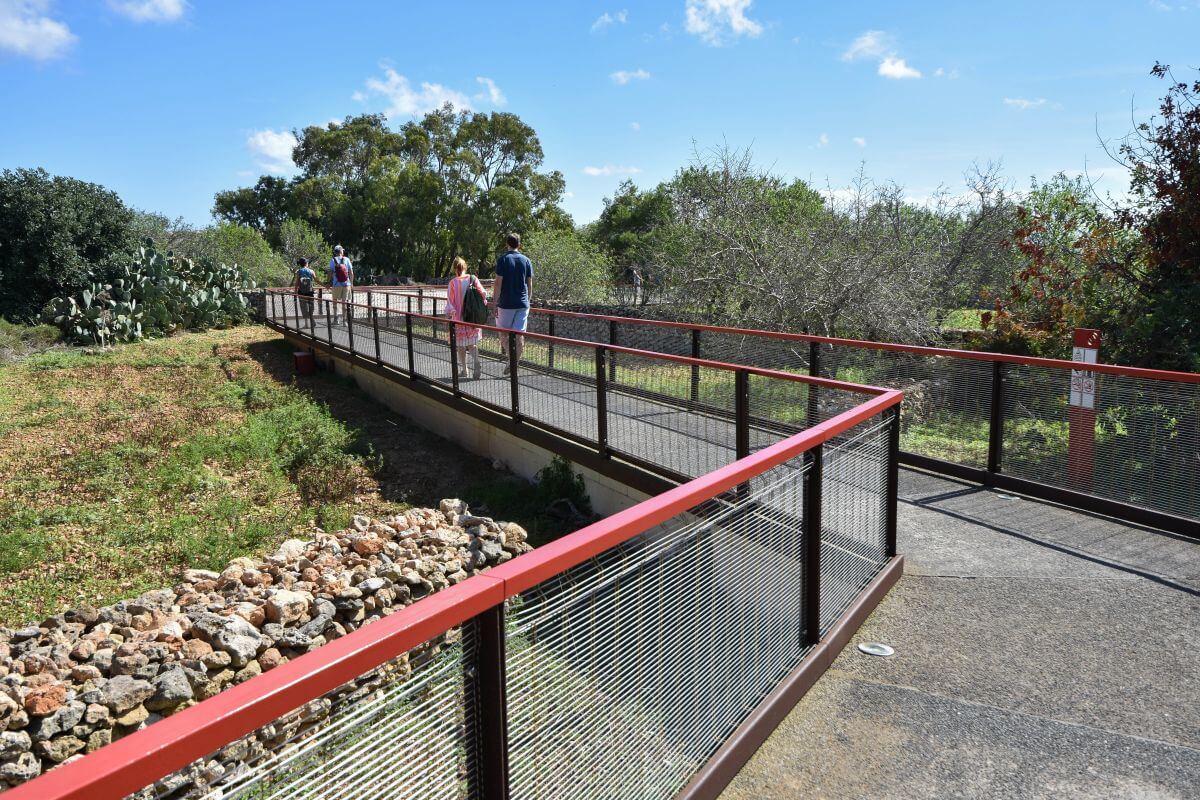
- The entrance is through a modern Interpretation Centre, just a 5-minute walk from the village square. It’s fully accessible; ramps connect the centre to the temple path, following gentle slopes with rest stops. A wheelchair is available on request from reception, according to the official site.
- At the exit, the Museum Shop offers souvenirs, jewellery, children’s toys, and local products. Drinks and snacks are also available, and the entire shop is wheelchair-friendly.

Now you know everything you need to know about the Ggantija Temples, Malta.
Thank you for staying with us until the end! If you’ve enjoyed this article, please consider sharing this post to extend its reach.

Don’t forget to bookmark this post so you can quickly find it when planning your trip to Malta.
Have you ever considered visiting UNESCO site? Let us know in the comments below!
